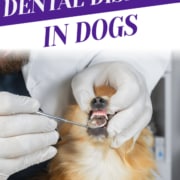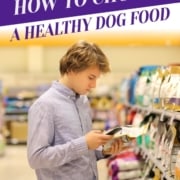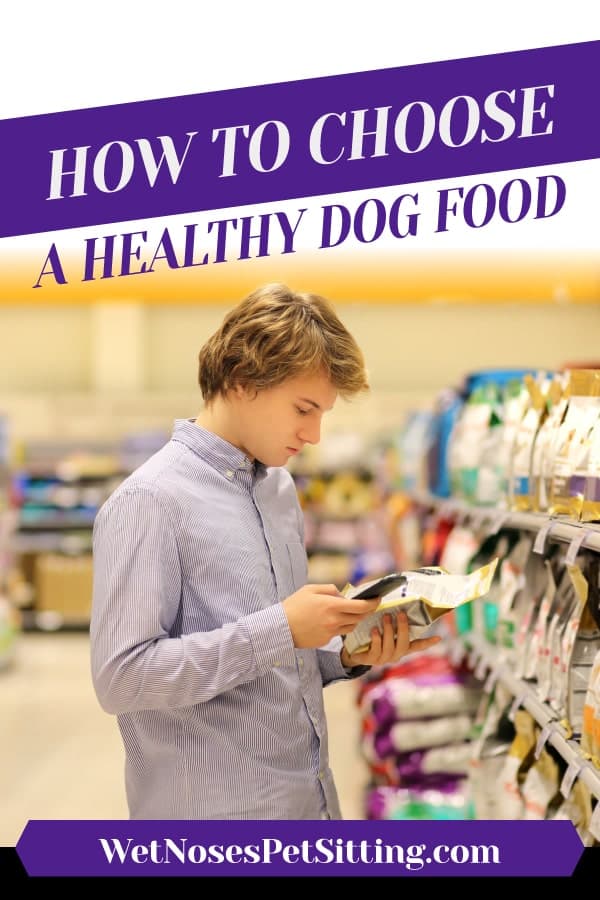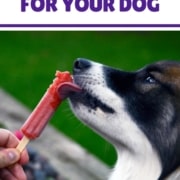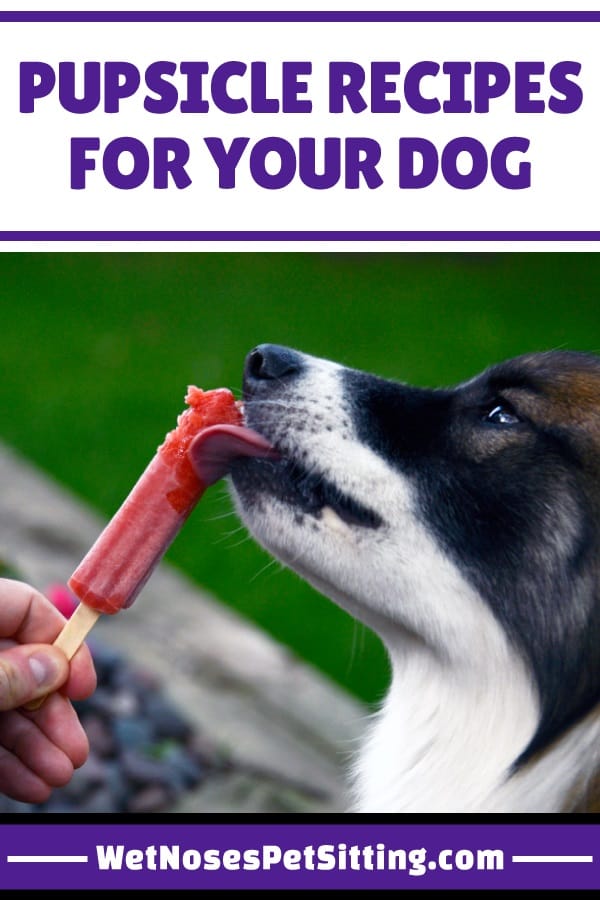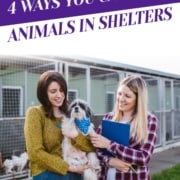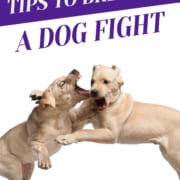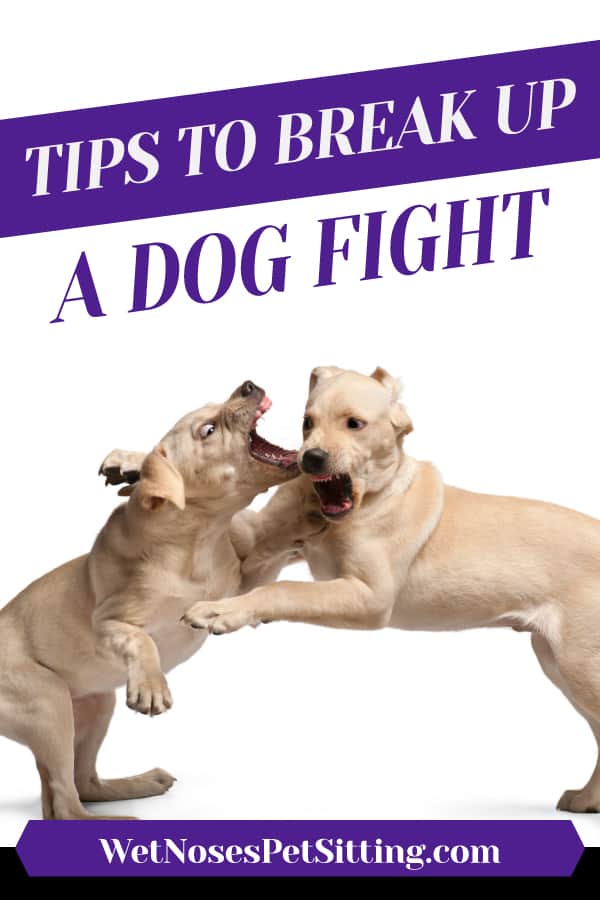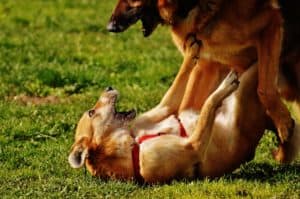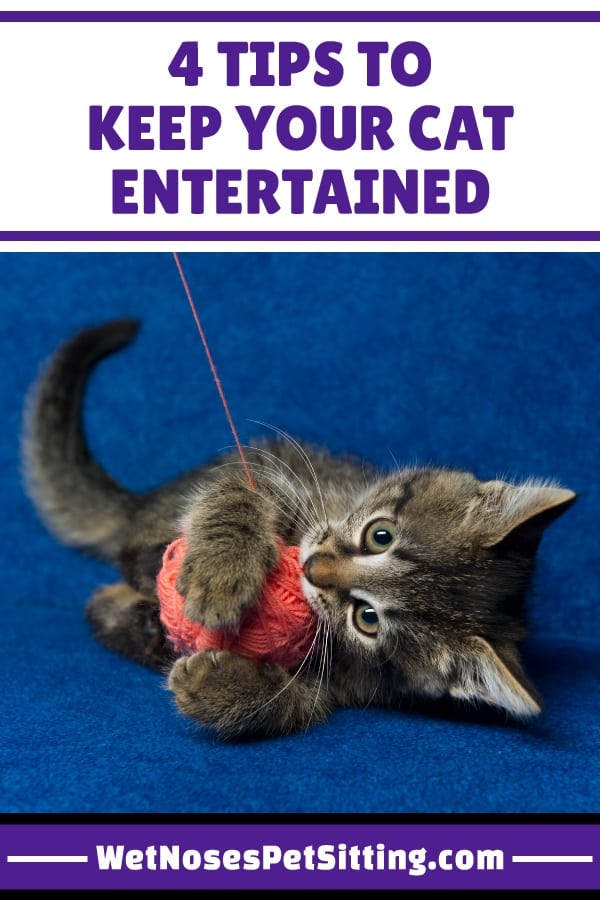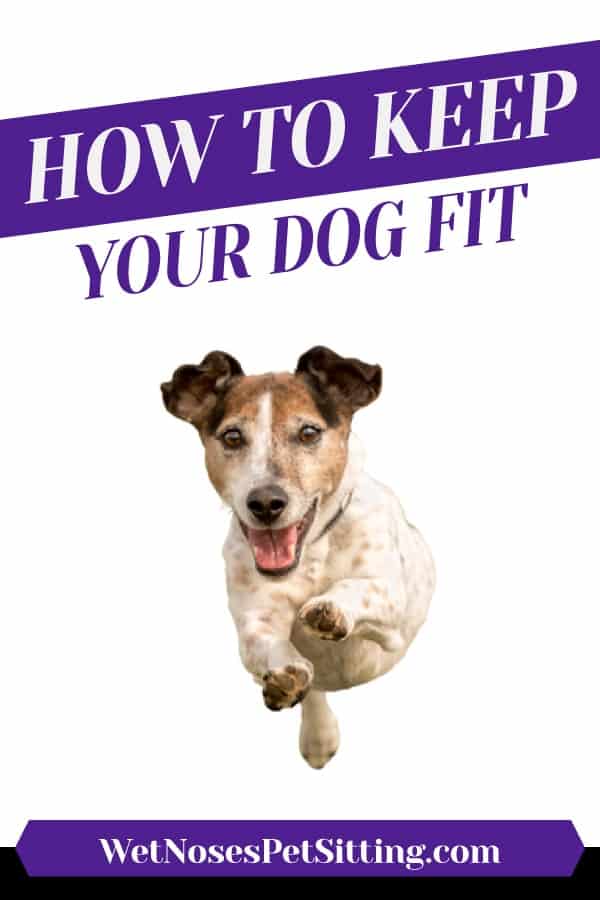Dental Disease in Dogs
Dental disease- or periodontal disease- is the most common condition in dogs.Usually most owners notice only bad breath, but periodontal disease is actually bacteria builds up on the teeth, called plaque.These bacteria cause the plaque to spread into the gum line, damage the gums, and cause tooth loss.
Additionally, periodontal disease is linked to internal organ issues.
So what can you do to prevent periodontal disease?
Brushing your dog’s teeth: This is the best way to prevent dental disease. Daily brushing is the best, but even weekly is better than no brushing. Trying to brush an unwilling dog’s teeth can be quite a challenge, so be sure to start slow and provide lots of positive reinforcement.
*Be sure to use a dog specific toothpaste and toothbrush
Oral Rinses: There are oral rinses on the market made specifically for pets. These rinses can generally be purchased at a vet’s office.Most pets are not too fond of this but it can help reduce plaque build up.
Dry food: There are dry foods made for dental health on the market. A 2002 study found that dogs fed a special dental dry food had significantly lower levels of plaque and gingivitis. Most of the dental foods are prescription diets ( meaning you buy them at a vet’s office).
What happens if your dog has dental disease?
There are various levels of dental disease. Not all of it requires treatment. In early dental disease, home brushing can make a big difference.
In later stages of dental disease your vet will recommend a dental scaling. In a dental scaling, a vet uses a special tool to remove plaque from the teeth. While this procedure is really safe, it involves putting your dog under anesthesia which always presents a risk.
With dental disease, prevention is the best route. Get started brushing your dog’s teeth early to prevent the problem. Also, work with your vet to monitor your dog’s teeth.

